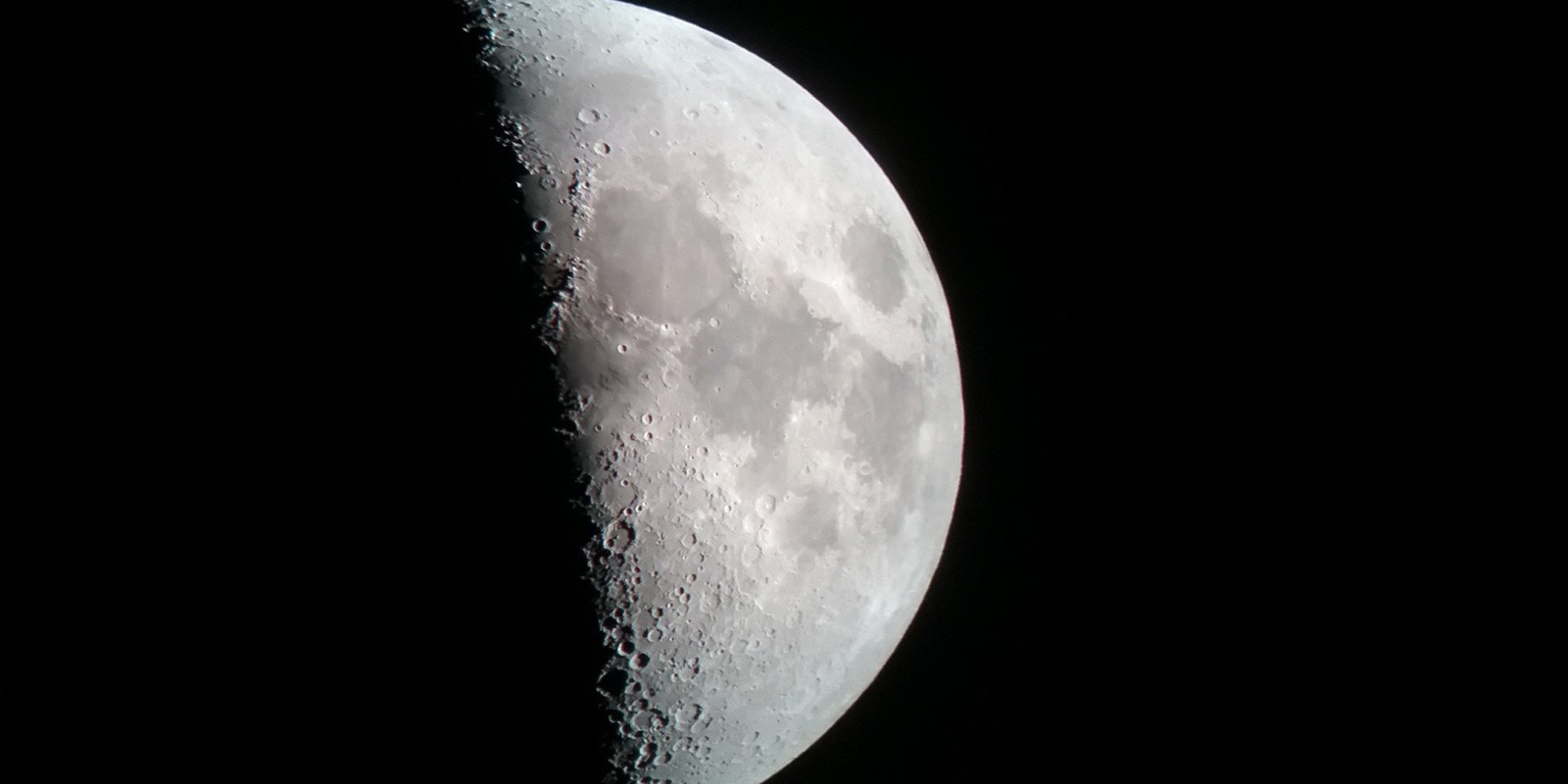
- This event has passed.
Family Astronomy & Telescope Night for December
December 3, 2019 @ 6:30 pm - 8:30 pm EST
Free
NOTE: The presentation will take place rain or shine, and only the observing segment is subject to weather conditions.
Did you know that this is the best time to see the planet Saturn in the evening sky for the rest of the year? And that Venus, Mars, Mercury, and even Uranus are also visible? Are you aware that our largest neighbor, the Great Andromeda Galaxy, is easily visible this time of year? Are you ready for the meteor shower that peaks in December? Come to this event to learn more!
Families with school-age and older children are invited to an evening of astronomy and observing. We will begin with a short (~ 1 hr) presentation focused on the planet Uranus, which is also in the sky this month. We will cover the history of the planet and how our understanding of it has grown over the years. We will also talk about some recent discoveries involving water vapor plumes on Jupiter’s moon Europa. And, as always, we will show you how to find the planets and other bright objects that are currently in the sky this month.
Plus, if the clouds stay away, we will follow with an observing session using our fine collection of telescopes. If you’ve never seen the Moon through a telescope, this will be a special treat. The Moon will be at first quarter during Astronomy and Telescope Night. At this phase, the eastern lunar “seas” will be visible, and mountain ranges near the terminator will be in view. Saturn is visible after sunset this month until about 7 PM, both by eye and by telescope (to see the rings). Brilliant Venus outshines all other stars and planets, and will be quite close to Saturn. Plus, Uranus is easily visible with binoculars, and Mars and Mercury are in the morning sky, before sunrise. We will show you where to look!
There are always other options to see on Astronomy and Telescope Night. This month is a good time to view the Great Andromeda Galaxy—the furthest object visible with the naked eye! Many stars and constellations will also be visible from our St. Andrews site. We can help you learn to identify the brighter stars by name, as well as the brighter constellations. Also, there will be double stars, clusters, and other galaxies visible by binoculars or telescope. It all depends on what interests our attendees the most!
If skies are clear, we will follow with observing until about 8:30 PM. In case of clouds or bad weather, come anyway! We will still be offering the presentation on Uranus, Europa, the meteor shower, and what’s in the sky this month. Plus, we will try to answer any general astronomy questions you bring.
The featured photo was taken with a cell phone looking through our smallest telescope!


